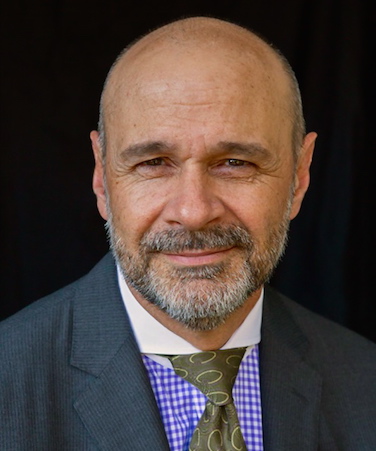
Dr. William Gallo, a professor at the CUNY Graduate School of Public Health and Health Policy, along with public health students Ms. Wendy Vaughon (DPH student) and Ms. Jennifer Kaufman (MPH student), along with Mr. Aig Uniuigbe, an economics PhD student at CUNY, studied evidence of the adverse health effects of care giving on those who provide the care, especially in regard to the physical and mental well-being of caregivers. The findings were published in the journal Work, Aging and Retirement.
The research team compared the health trajectories and trends of caregivers and non-caregivers before and after the caregivers begin to provide informal services.
The researchers focused on care giving services provided to parents and parents-in-law. The team used data from the U.S. Health and Retirement Study and covered 11 waves of the survey from 1992 to 2012. These analyses used a sample of N = 19,943 observations (drawn from 1,813 unique individuals)
Using Hierarchical Linear Model (HLM) Methods, the research team compared trajectories of health outcomes for caregivers to those of non-caregivers. They examined trajectories related to general health, measures of mobility, motor skills, cognition, and measures of depression. In the analysis, they controlled for education, wealth, occupation, gender, marital status, and race.
For caregivers, there was a 0.027 (0.014 per year) increase in the mobility difficulty index and a 0.020 (0.010 per year) increase in large muscle movement difficulty index for every year after the commencement of care giving, compared to non-caregivers. There was also a significant 0.7 percentage point increase in the probability of reporting a stroke and a 0.118 (0.059 per year) drop in the cognition summary score for each additional year after the start of caregiving.
This study attempts to answer the question of whether care giving is a factor in the future health outcomes of those providing such care. These findings provide evidence that care giving exerts physical and mental demands on the care providers and can lead to the significant changes in the patterns of health measures observed.




